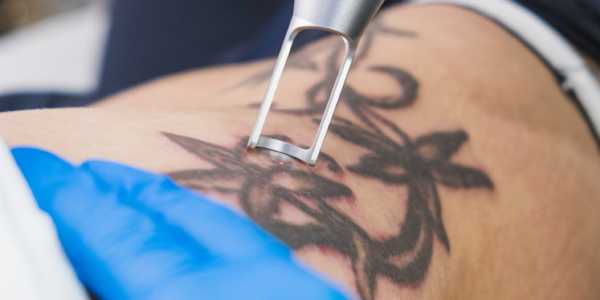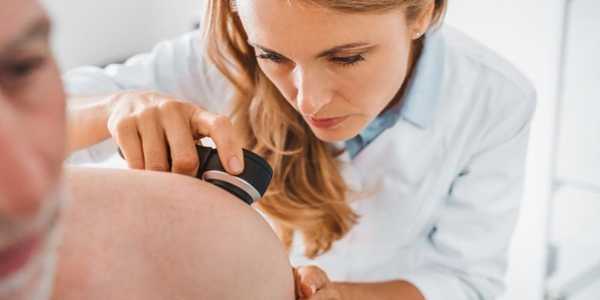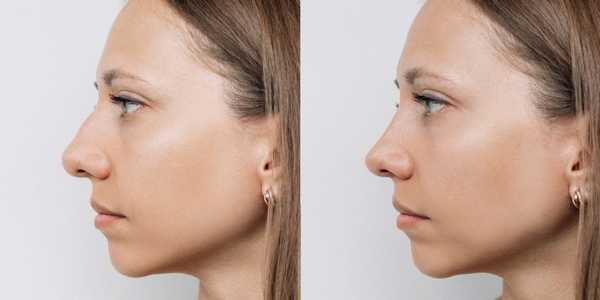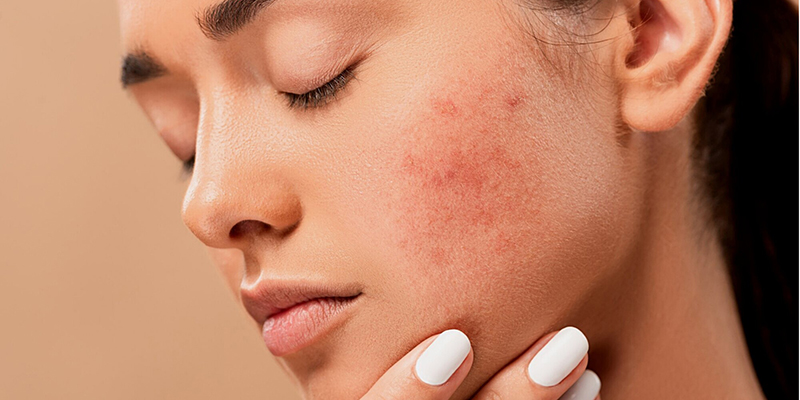How To Prevent Skin Cancer?
Skin cancer is one of the most common cancers worldwide, with 3.6 million cases of non-melanoma skin cancer diagnosed annually in the U.S., according to the World Health Organization. This underscores its prevalence and the ongoing challenge it presents globally.
This startling statistic underscores the need for public awareness and effective prevention strategies to diminish personal risk. Skin cancer develops primarily due to prolonged exposure to ultraviolet (UV) radiation from natural sunlight and artificial sources such as tanning beds.

As the incidence of skin cancer rises, it becomes imperative for everyone—irrespective of age or skin type—to comprehend the causes associated with it and the means of preventing its occurrence. Simple preventive measures like regular skin checks, diligent use of sunscreen, and wearing protective clothing can significantly lower the risk of developing this serious health condition. Grassroots educational initiatives and heightened awareness are critical components of a proactive strategy to combat skin cancer. By comprehending the severity of this health issue and leveraging preventative measures, individuals can take informed actions towards maintaining their skin health, thereby securing a healthier future.
Understanding Skin Cancer: Types And Risks
Skin cancer is defined as the abnormal growth of skin cells, which is primarily categorized into three main types: melanoma, basal cell carcinoma (BCC), and squamous cell carcinoma (SCC).
Melanoma is the most aggressive type of skin cancer. It arises from the melanocytes, which are responsible for the production of melanin—the pigment that dictates skin colour. Melanoma can manifest anywhere on the body, including areas not typically exposed to sunlight. If caught too late, it can metastasize to other body parts, complicating treatment regimens.
Basal cell carcinoma (BCC) is the most commonly occurring yet least aggressive form of skin cancer. It originates in the basal cells in the skin's outer layer and often appears as a small, shiny bump or sore that fails to heal. While BCC rarely spreads, it can inflict substantial local damage if left untreated.
Squamous cell carcinoma (SCC) originates from squamous cells within the skin's outer layer and is typically found in sun-exposed areas. Though SCC can spread, it is generally treatable if identified early.
Several risk factors influence the development of skin cancer. The predominant cause is ultraviolet (UV) exposure from the sun or tanning devices, significantly elevating risk, particularly among individuals with lighter skin types. Other factors include genetic predisposition; a familial history of skin cancer can elevate one's risk, while certain skin types—especially those prone to burning—are more vulnerable to the detrimental effects of UV radiation. Alarmingly, statistics indicate that skin cancer affects over 3.3 million individuals annually in the United States, reinforcing the pressing need for increased public awareness and preventative strategies. Individuals can proactively safeguard their skin health by understanding these facts.
The Role Of Ultraviolet Radiation In Skin Cancer
Ultraviolet (UV) radiation is a form of electromagnetic radiation emitted by the sun, with additional contributions from artificial sources such as tanning beds. UV radiation is categorized into three types: UVA, UVB, and UVC. Among these, UVA rays penetrate deeply into the skin, which is primarily responsible for long-term skin damage and ageing. In contrast, UVB rays are mainly known for causing sunburn and significantly contributing to skin cancer development. Conversely, UVC rays are primarily absorbed by the Earth's atmosphere, preventing them from reaching the skin's surface.
Sun exposure constitutes the chief source of UV radiation; sunbathing, hiking, or enjoying a day at the beach can substantially elevate UV exposure risks. Tanning beds, often utilized for cosmetic enhancement, emit high levels of UV radiation, further exacerbating skin damage and increasing the risk of skin cancer.
Understanding the UV index becomes crucial when assessing daily sun exposure risks. This index ranges from 0 to 11+, indicating the strength of UV radiation on any given day. A higher UV index correlates with an increased potential for skin damage. For instance, an index of 3 to 5 suggests moderate risk, while an index of 6 to 7 indicates heightened risk levels for unprotected sun exposure. It becomes essential, therefore, for individuals to check the UV index daily to take necessary precautions, including applying sunscreen and seeking shade during periods of peak sunlight exposure. Understanding UV radiation's hazardous effects is vital for skin protection—it profoundly impacts skin cancer risk, marking awareness and education as fundamental elements of prevention strategies.
Effective Sun Protection Strategies: A Comprehensive Guide
Sunscreen: Your First Line Of Defense
Using sunscreen is among the most vital actions in sun protection. Broad-spectrum sunscreens shield against UVA and UVB rays, contributing to skin damage and increasing cancer risk. When selecting a sunscreen, aim for a minimum SPF of 30 and apply it generously across all exposed skin. On average, individuals should use about an ounce (equivalent to a shot glass) to adequately protect their entire body. Applying sunscreen at least 15 minutes before sun exposure is advisable, allowing sufficient absorption time. Regular reapplication is essential, particularly after water activities or sweating; experts suggest reapplying every two hours or promptly after towel drying. For prolonged outdoor activities, utilizing a water-resistant sunscreen can provide additional assurance against UV damage.
Protective Clothing: A Secondary Shield
In addition to sunscreen, donning protective clothing significantly decreases UV exposure risk. Opt for tightly woven fabrics, darker hues, and made from synthetic fibres, as they offer superior protection compared to lighter shades or loosely woven items. Seek garments with a high Ultraviolet Protection Factor (UPF) rating, ideally 50 or above. Accessories also play a significant protective role; wide-brimmed hats safeguard areas like the face, ears, and neck, frequently neglected during sunscreen application. Furthermore, ensure sunglasses effectively block 100% of UVA and UVB rays, providing necessary eye protection, which can also sustain sun damage. Combining these strategies enhances overall sun protection, substantially benefiting skin health.
Seeking Shade: Nature's Protection
Avoiding direct sunlight during peak hours—typically between 10 a.m. and 4 p.m.—offers substantial advantages for skin health. Pursuing shade whenever feasible is wise, particularly during extended outdoor enjoyment. This could involve settling beneath a tree, using an umbrella, or locating sheltered areas like gazebos. If finding shade proves challenging, consider creating your private shade by bringing a portable sun shelter to outdoor events or beach visits. Access to shade during these crucial hours significantly reduces exposure to harsh sunlight, considerably lowering skin damage risk.
Avoiding Tanning Beds: A Wise Detour
The allure of indoor tanning is often perceived as a quick route to achieving a sun-kissed hue; however, it carries substantial health risks. Tanning beds emit UV radiation that can result in skin damage, premature ageing, and an elevated likelihood of developing skin cancer. Instead, consider safer alternatives for attaining a tanned appearance, such as self-tanning lotions or sprays, which do not entail the same risks of UV exposure. If you desire that bronzed look, sunless tanning products can offer an even application while prioritizing skin health.
Implementing these effective sun protection strategies—utilizing appropriate sunscreen, protective clothing, seeking shade, and avoiding tanning beds—can dramatically minimize skin damage and skin cancer risk during outdoor activities, ensuring a safer and more enjoyable experience in the sun.
Regular Skin Checks: Empowering Yourself
Regular skin examinations are essential in the proactive battle against skin cancer. Performing self-examinations enables individuals to monitor their skin attentively and identify alterations that may necessitate further evaluation. A practical method for self-assessment involves recalling the ABCDEs of moles, which assist in differentiating benign moles from potentially malignant ones:
A for Asymmetry: If a line dividing the mole into two halves does not yield matching sides, it may raise concern.
B for Border: Moles with irregular, scalloped, or poorly defined edges should be monitored closely.
C for Color: Any mole exhibiting multiple colours or uneven colour distribution warrants further scrutiny.
D for Diameter: Moles exceeding 6mm (approximately the size of a pencil eraser) should be evaluated by a professional.
E for Evolving: Pay attention to any size, shape, or colour changes over time.
Self-examinations are a vital first step in detecting skin cancer early. A recommended practice is conducting these checks monthly in well-lit areas, with the assistance of a mirror and, if possible, a family member or friend to inspect difficult-to-reach areas.
If changes are noted or a history of skin cancer or high-risk skin traits exists, scheduling a consultation with a dermatologist is prudent. Professional evaluations afford an in-depth examination and may provide advanced screening techniques unattainable through simple self-checks. Protecting skin health is a lifelong commitment, with regular skin checks forming an integral part of this endeavour.
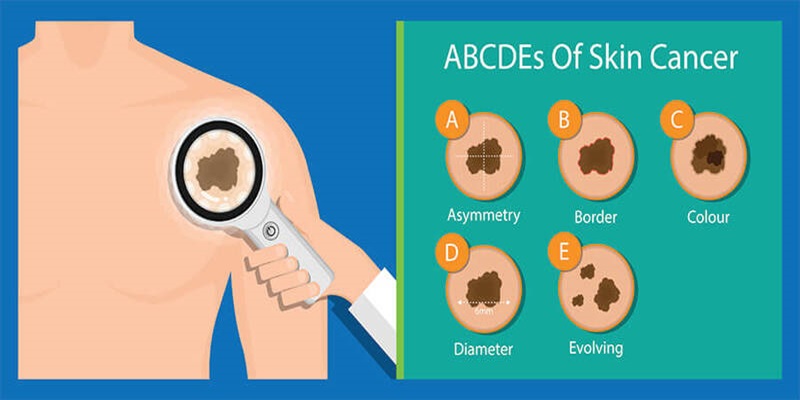
The Impact Of Diet And Lifestyle On Skin Health
A holistic perspective on skin health emphasizes the significant influence of dietary and lifestyle choices on skin vitality and longevity. A diet abundant in antioxidants—such as vitamins C and E, beta-carotene, and selenium—can bolster skin cells against damage inflicted by free radicals. Foods like berries, nuts, leafy greens, and fatty fish are enjoyable and work synergistically to combat the signs of ageing while promoting a wholesome complexion. These essential nutrients are critical in mitigating oxidative Stress, associated with skin degeneration and various afflictions, including skin cancer.
Hydration, along with diet, is another cornerstone of skin health. Adequate water consumption is necessary for sustaining elasticity and overall skin suppleness. Dehydration can render skin dull and dry, making it more susceptible to wrinkle development. Aim to drink at least eight glasses of water daily and incorporate hydrating foods like cucumbers and oranges into meals.
Beyond dietary habits, specific lifestyle choices significantly affect skin health. Smoking accelerates ageing processes, leading to wrinkles and a lacklustre complexion. Additionally, enhancing blood circulation through regular exercise supports nutrient delivery to skin cells, promoting overall skin vitality.
By adopting a holistic approach that factors in diet, hydration, and lifestyle, individuals can significantly enhance their skin health while lowering their risk of skin cancer. Cultivating skin health from within is equally essential as topical treatments or external measures.
Proactive Steps Towards Skin Health: Take Action!
Protecting your skin from cancer is achievable through consistent actions like using sunscreen, wearing protective clothing, and conducting regular skin checks. A healthy diet and lifestyle also contribute to skin health. By making these proactive choices today and sharing this knowledge with others, we can collectively foster a culture of skin cancer prevention.









